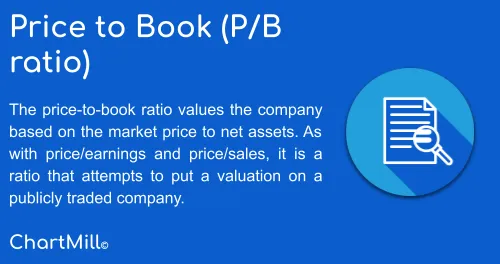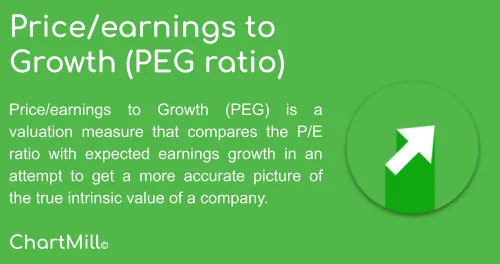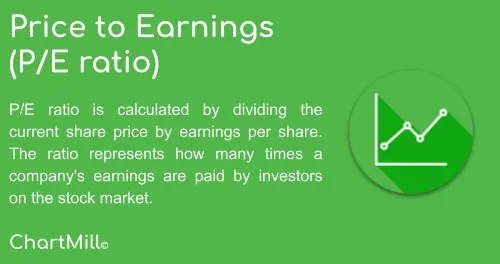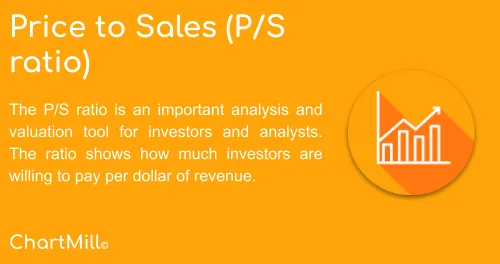
Price-to-Book Ratio (P/B)
By Kristoff De Turck - reviewed by Aldwin Keppens
Last update: Apr 19, 2024
The price-to-book value ratio values the company based on the market price to net assets. As with price/earnings and price/sales, it is a ratio that attempts to put a valuation on a publicly traded company.
The price-to-book value indicates how much money you will get back if the company is declared bankrupt tomorrow. Book value indicates what a company would still be worth if you were to liquidate it immediately, pay off its debts and monetize its parts. In other words, the book value corresponds to a company's equity.
Formula and explanation
The ratio can be calculated in two different ways. Either you divide the market capitalization by the book value:
Price to Book Ratio (P/B) = Market Capitalization ÷ Book Value of Equity
But you can also use the current price which is then divided by the most recent book value per share:
Price to Book Ratio (P/B) = Market Share Price ÷ Book Value of Equity Per Share
In general, if the price to book value is between 0 and 1, the company may be undervalued. Still, this should never be a free pass to just blindly buy the company. After all, a ratio lower than 1 states very clearly that investors are not willing to pay the value of all the underlying assets. It is then important to investigate further why this is the case. For example, the company may be in bad shape or underperforming with no immediate improvement in sight. But it could equally well be an exaggerated sentiment-driven stock price reaction. In the latter case, there may well be a good opportunity to put the stock in your portfolio.
Keep in mind that for a number of sectors such as the service or technology sectors, price-book value is less important. After all, these are companies that have relatively few physical assets.
Problem with the P/B ratio
The way this ratio is calculated also takes into account intangible assets (patents, copywright, brands). Goodwill, for example, can be very valuable if the acquisition has produced a lot of economies of scale for the acquirer. But it may just as well be that the amount paid on top of the book value is of little value if the benefits turned out to be much less positive. In either case, the effect will not be apparent when using price/book value anyway.
Price to Tangible Book Value (P/TBV)
To exclude intangible assets, an alternative P/B ratio, more specifically the P/TBV, is used. This 'Tangible Book Value' is virtually identical to the regular 'Book Value' except that the value of the intangible assets is removed. It is, as it were, a more conservative version of the P/B ratio. Especially interesting for companies that have a lot of intangible assets on their balance sheet, it is worth taking a closer look at this variant. Sometimes the value of these intangible assets can be justified (a very strong brand name for example) but it remains very difficult to put a correct valuation on them. Intangible assets that - potentially unjustifiably - represent a significant value on the balance sheet can give a distorted or even misleading picture. Consequently, when using the regular P/B, it is appropriate to check whether there are such intangible assets on the balance sheet and how these are valued.
Both P/B and P/TBV are available in our stock screener.

P/B ratio screening filter example
Using this filter combination, ChartMill searches for stocks that have a price/book ratio between 0 and 2. The other filters used (debt/equity + eps 3y >=10%) further ensure that the selected company has manageable debt and there is significant growth in earnings per share. The filter is applied worldwide but only to companies with a minimum capitalization of 300 million.
Some other Valuation Ratios
Fundamental Valuation Filters
In this article we will discuss the fundamental filters related to the valuation of a stock. Read more...







